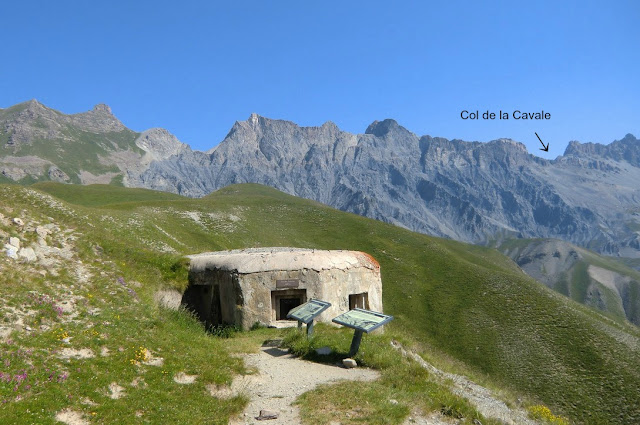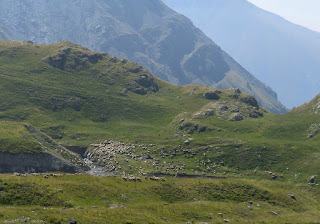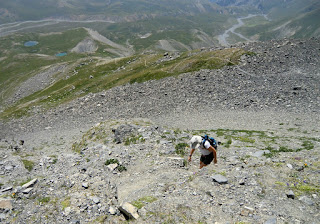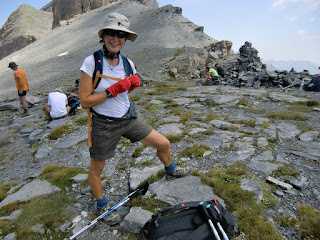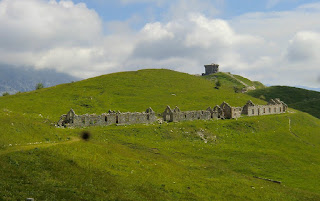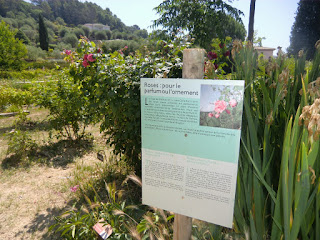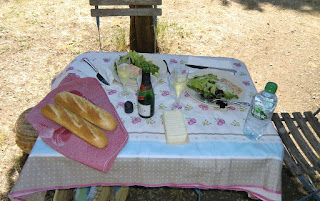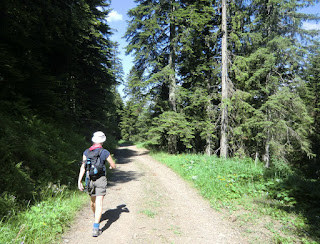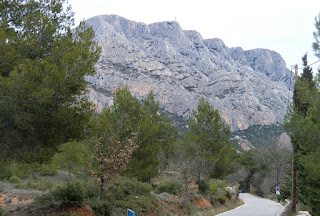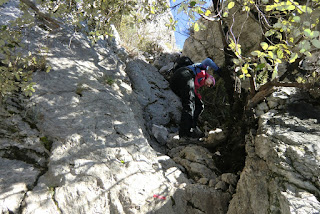Summer vegetable gratin recipe
This summer vegetable tian is great with grilled lamb chops or brochettes d’agneau ou boeuf, lamb or beef skewers. This gratin is made from only summer vegetables, so it is not a traditional Provencal tian which also contain eggs, cheese and often rice.
2- 3 servings:
1 onion, thinly sliced
1 clove garlic, minced
2 large tomatoes, thinly sliced
1 large courgette (green summer squash), thinly sliced
1 aubergine, thinly sliced
A small bunch of fresh thyme
About 3 sprigs fresh rosemary
1 bay leaf
3 tbsp olive oil
Freshly ground black pepper
Fresh basil leaves to decorate
Preheat the oven to 200⁰ c.
Oil the gratin dish liberally with 1 tbsp olive oil.
Peel and thinly slice the onion. Place the onion slices in the bottom of the gratin dish. Peel and mince the garlic clove and scatter it on top of the onion. Scatter the thyme leaves and place the bay leaf on top of the onion.
Wash and dry the tomatoes, courgette and aubergine. Slice them thinly. Cover the onion, garlic and herbs with the slices, packing them quite tightly and alternating them. It doesn’t matter if you have some leftover vegetable slices; you can fry them next day in olive oil for a vegetable side for lunch or dinner.
When you have packed the vegetable slices in the gratin dish, grind over some black pepper, place the rosemary sprigs on top and sprinkle 2 tbsp olive oil over the dish.
Bake in oven for 1 h- 1h 15. Cover the gratin dish with tin foil after 30 minutes so that the vegetables do not become too dry.










